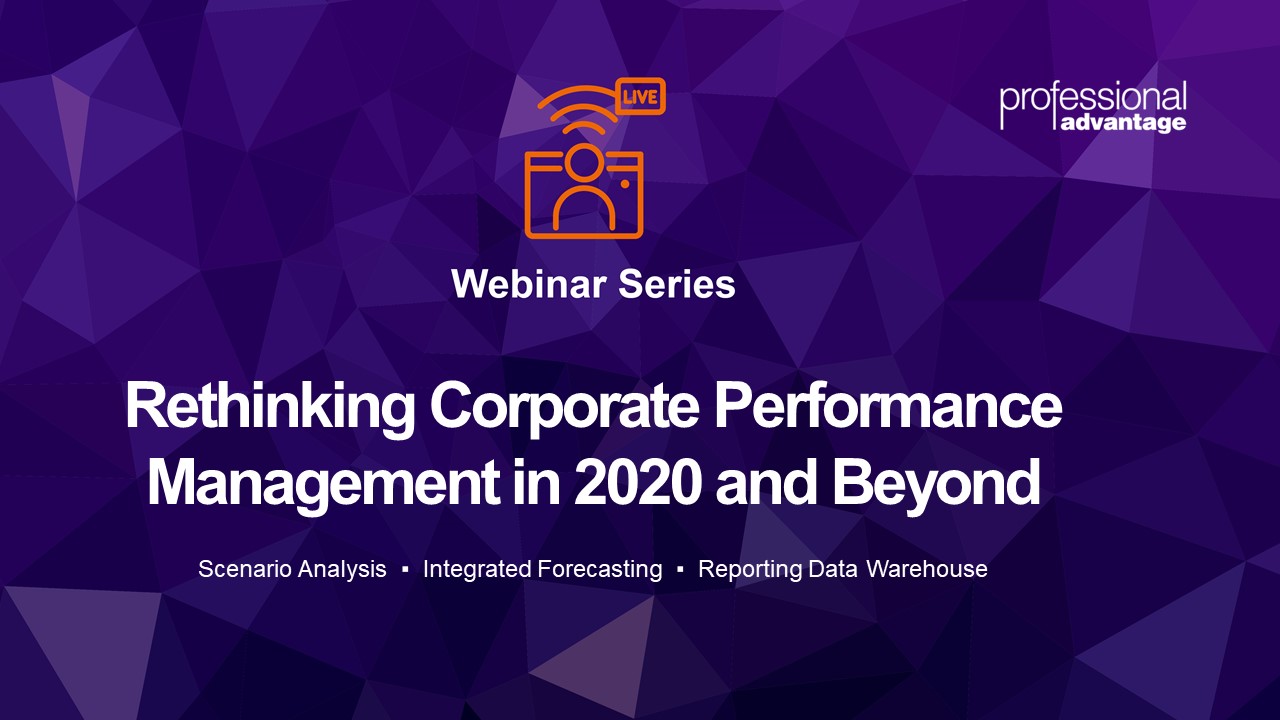One might suggest that finding the end of a rainbow is easier than the task of predicting the future.
However, with each business planning cycle, your organisation engages the exercise of forecasting future events.
The future vision that is agreed by management sets the direction of your organisation. This direction plays a central role in the allocation of precious resources. The allocation of precious resources then propels the organisation down the path to success, or inversely potential failure.
Business forecasting is without doubt one of the most important tasks for your leadership team.
Forecasting Techniques. Walking forward while looking backwards.
The most common approach to business forecasting involves looking backwards and analysing trends to gain future insight.
These methods include mathematical calculations on moving averages, smoothing and linear regression models that look for patterns in data to help you predict the likely pattern that may follow.
The outline of the process can be summarised by the following:
- Forecast process is framed by the "management problem" that needs to be solved.
- Data is then gathered.
- A model is formulated.
- The analysis and interpretation of results is completed for the appropriate reporting and recommendation.
However, most organisations do not have the expertise or resources to work through a forecasting process that requires complex mathematical calculations.
The mathematical methods are by no means prefect, and each step in the process is open to errors. Erroneous forecasts can be due to framing the management problem incorrectly; errors in data; inaccurate parameters in the model; or simply incorrect analysis of the data presented.
Then there is the ever-present possibility of the "Black Swan". The Black Swan refers to a scenario or sequence of events that no one saw coming and totally derails all plans.
How can we avoid tripping on the Black Swan?
The path to avoid tripping over the Black Swan is to find the balance between what we know to be true and to identify that what we don't know, we don't know.
1. Work with what you know to be true.
Nassim Taleb, author of the highly regarded book "The Black Swan", states that the only genuinely reliable guide into the future is to ask what is already proven and is enduring.
In this regard, ask yourself what is proven to be enduring in your organisation? Examples may include:
Sales and Marketing:
- Current sales funnel and conversion rates.
- Product portfolio and the relevant product life cycle.
- Buying seasonality or needs seasonality.
- Marketing actions and the buying decision lead time.
- New product launches.
- Contracts in place.
- Impact of known social or political events (festivals, sporting events, elections, etc).
Operations:
- Productive asset life cycle - replacement and maintenance schedules.
- Key staff movements.
- Introduction of new technology, decommission of old technology.
- Supplier arrangements and contracts.
- Staff turnover and replacement staffing scarcity or abundance.
- Known changes to legislation.
By defining what we know to be proven and enduring, you can plan ahead with a forward-facing posture.
2. Avoid narrowing the vision of what is possible.
Look forward and be open and agile to changes in circumstances. Never stop questioning new information that presents itself, and objectively assess new information on its merits and for what you can learn. Chris Voss, a former FBI hostage negotiator and the author of "Never split the difference", describes the challenge as the ability to embrace a more intuitive and nuanced way of assessing new information.
In the world of hostage negotiations, predicting the future actions of a hostage taker is a life and death forecast. The most critical information to decipher are the unknown, unknowns of the circumstances—identifying the Black Swans.
Voss states that when forecasts are providing incorrect answers, this is usually because "our frames of reference are off; and they will never add up unless we break free of our expectations".
Prime examples include newspapers that did not see how the internet would impact their real estate, vehicle, and job classified advertisements. Or television broadcasters who did not act on the potential impact of video hosting websites like YouTube. Also, many retailers were slow to embrace online shopping led by the likes of Amazon and eBay.
Some areas to consider include:
- New competitors.
- New products and services.
- New social trends.
- New technology.
Business forecasting continues to be a strategic challenge for all organisations. But you can avoid tripping over the Black Swan with forward-looking actions based on what you know is true and maintaining a refined business intelligence system.
Can your business intelligence system detect the changes in data that has a nuanced effect on your organisation?
Join us in our Rethinking Corporate Performance Management in 2020 and Beyond webinar series to learn more about leveraging your systems for business forecasting.

Watch the webinar now!
Watch this on-demand webinar to gain insights into the latest CPM techniques and predictive analytics principles.







